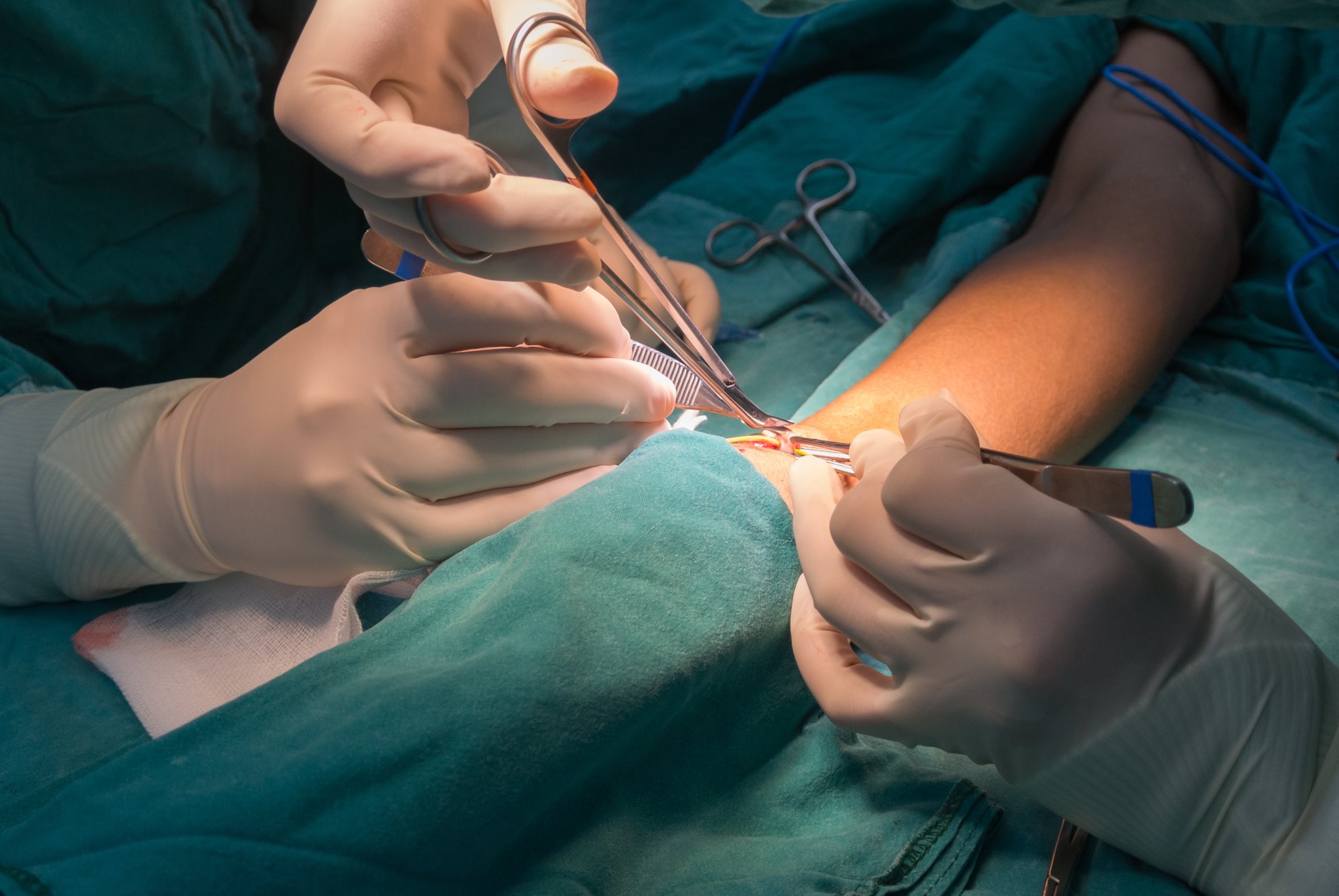
Arteriovenous Fistula/Graft
What is Arteriovenous Fistula (AVF)?
Arteriovenous Fistula (AVF) is an abnormal connection between an artery and a vein, bypassing the capillaries.
This results in high-pressure arterial blood flowing directly into a vein, which can cause enlargement of the vein and changes in blood circulation.
What is an Arteriovenous Graft (AVG)?
Arteriovenous Graft (AVG) is an artificial connection between an artery and a vein using a synthetic tube or graft.
It is typically used in patients whose veins are too small or weak for a natural AVF.
How Does It Happen?
Trauma/Injury
A penetrating injury, such as a gunshot or stab wound, can create an AVF.
Surgical Creation
AVFs are surgically created for patients needing long-term hemodialysis (such as those with kidney failure).
Medical Conditions
AVFs can develop due to diseases like atherosclerosis (hardening of the arteries) or vasculitis (blood vessel inflammation).
Who is at Risk?
Patients with Kidney Disease
AVF/AVG is most commonly created for hemodialysis access in people with end-stage renal disease (ESRD).
People with Cardiovascular Disease
Those with conditions like atherosclerosis or high blood pressure are at higher risk of developing AVFs.
Individuals with Trauma or Surgery
A history of vascular surgery, injury, or medical procedures may increase the risk of AVF formation.
Patients with Genetic Disorders
Conditions like Osler-Weber-Rendu syndrome (hereditary hemorrhagic telangiectasia) can cause AVFs.


